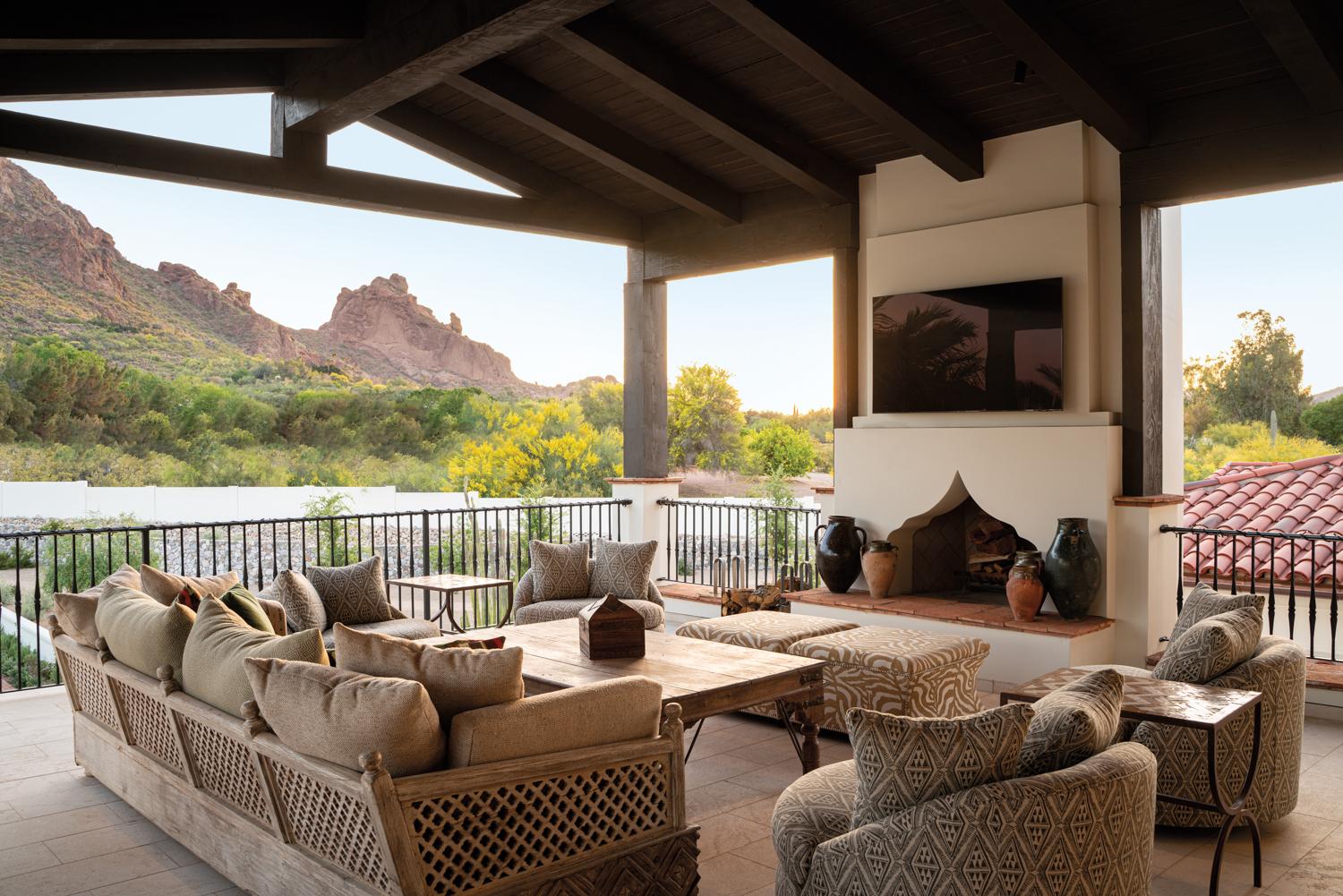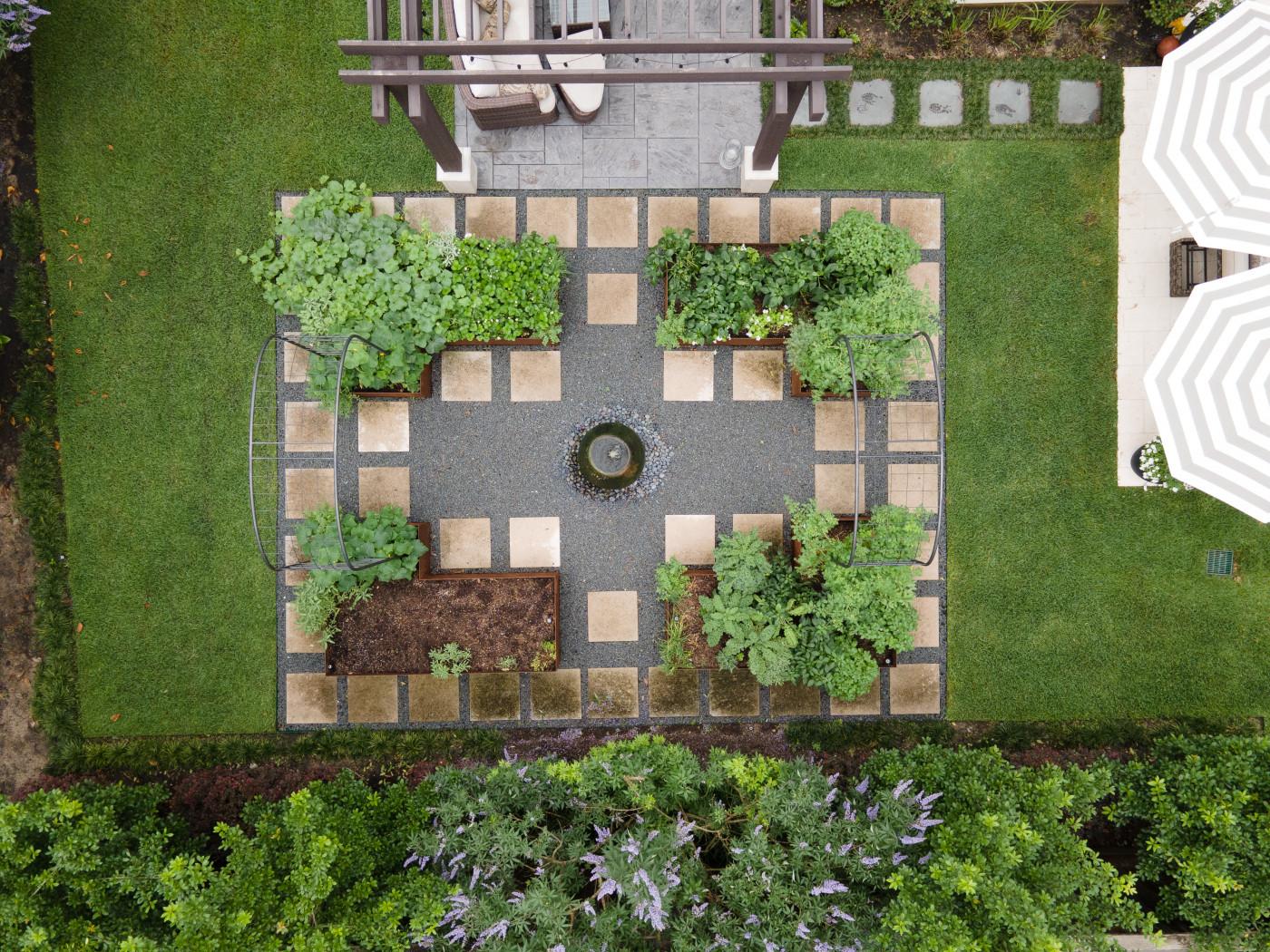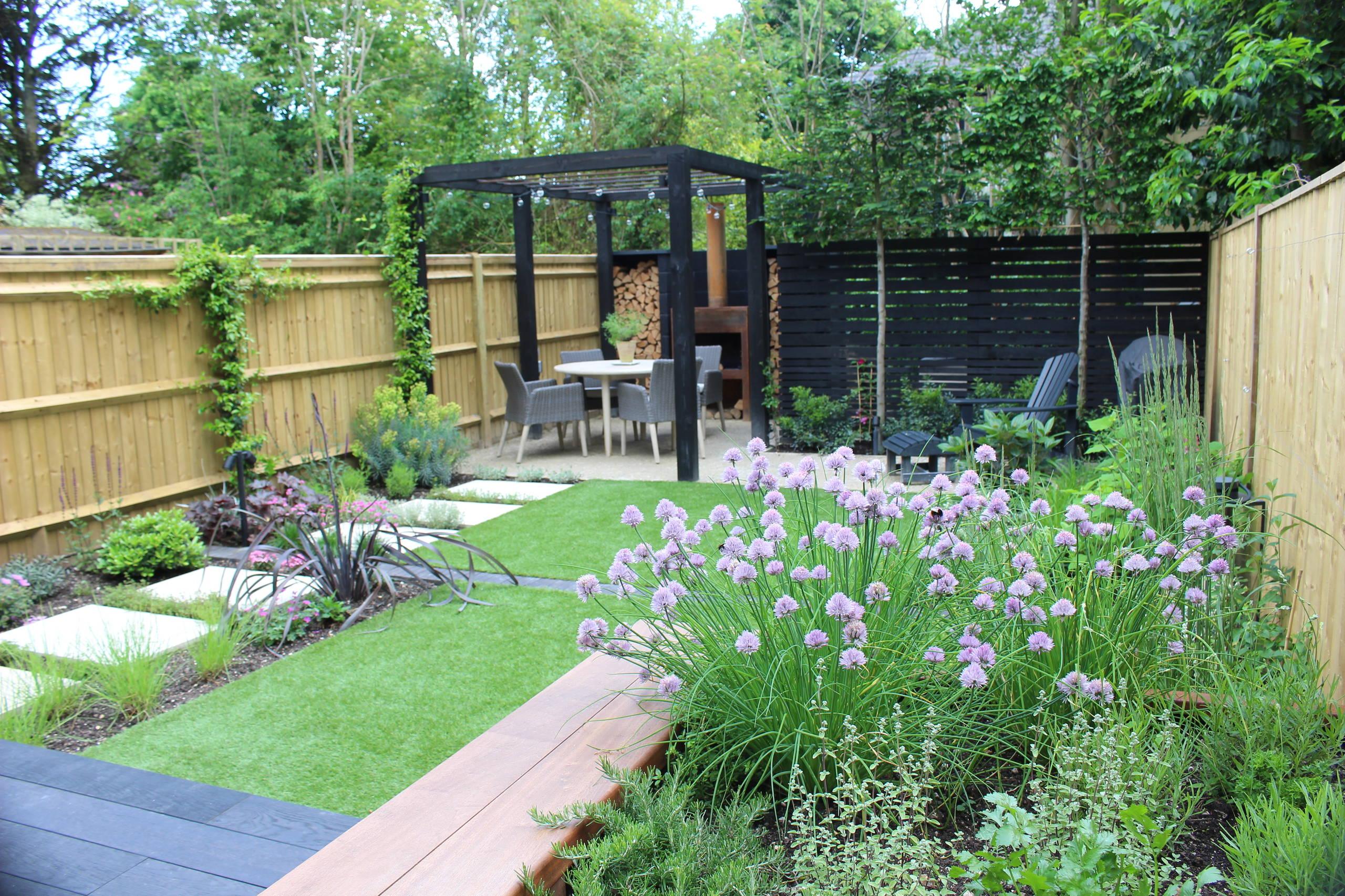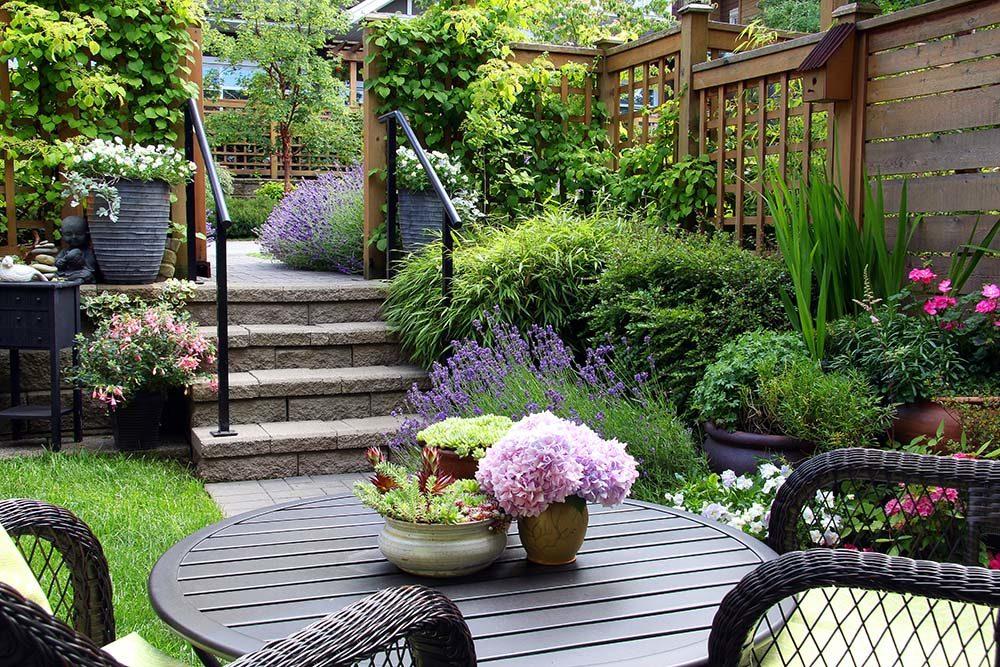Key Approaches to Garden Design
- Client-Centric Bespoke Design: This method prioritizes unique client visions, crafting highly personalized outdoor spaces. Deep consultation ensures the design reflects individual aspirations for their green environment, creating a truly one-of-a-kind setting.
- Sustainable Ecosystem Integration: Focusing on ecological balance, this approach emphasizes native flora and efficient water management. It creates resilient, low-impact landscapes thriving with minimal intervention, benefiting local ecosystems and promoting biodiversity.
- Phased Implementation Strategy: This method divides extensive projects into distinct, manageable stages. It offers flexibility and controlled resource allocation, enabling gradual realization of the complete landscape vision while adapting to evolving needs.
Evaluation Criteria
When assessing these design methodologies, consider the following:
- Aesthetic Harmony: How well the design integrates with existing architecture and environment, ensuring visual appeal and coherence across all elements.
- Functional Utility: Practical usability of the space, considering pathways, seating, and recreational zones for optimal user experience and flow.
- Long-Term Viability: Resilience of plant choices, water efficiency, and the overall ease and cost of maintenance throughout the landscape's lifespan.
- Resource Optimization: Effectiveness of managing materials and budget to achieve desired outcomes, ensuring responsible allocation and value.
Comparative Analysis
The Client-Centric Bespoke Design approach excels in achieving specific aesthetic harmony and functional utility. Through detailed consultations, designers translate individual visions into unique outdoor environments. Every element aligns with the client’s personal style and serves specific lifestyle needs, ensuring a visually captivating and practical space. This tailored focus guarantees a deeply personal and usable garden.
For long-term viability and resource optimization, Client-Centric Bespoke Design offers inherent flexibility. While initial investments might be higher due to customization, materials and plants are chosen for durability and site suitability, minimizing future issues. Maintenance needs are discussed upfront, balancing desired aesthetics with practical upkeep, delivering enduring value carefully aligned with specific client expectations.
The Sustainable Ecosystem Integration approach cultivates a distinct aesthetic harmony derived from natural beauty. Designs emphasize native plants and ecological principles, creating spaces that feel inherently connected to the local environment. While functional utility focuses on immersive natural experiences, it provides serene areas for contemplation, fostering a deep connection with nature and its seasonal transformations.
In terms of long-term viability and resource optimization, Sustainable Ecosystem Integration truly excels. By utilizing native, drought-tolerant species and efficient irrigation, maintenance requirements and water consumption are significantly reduced. This approach minimizes external inputs, leading to substantial long-term savings and a reduced environmental footprint, creating resilient, self-sustaining green spaces.
The Phased Implementation Strategy allows for gradual development of aesthetic harmony and functional utility. Initial phases establish core structures and key planting, with subsequent stages adding layers of detail and refinement. This method provides opportunities to observe how elements perform and make adjustments, ensuring the evolving design remains cohesive and functional. Each phase delivers a complete, usable segment.
From a perspective of long-term viability and resource optimization, Phased Implementation offers significant advantages. Costs are spread over an extended period, which can be crucial for larger projects. Resources are allocated incrementally, enabling more precise budgeting and preventing overspending. This strategic approach minimizes risk and provides financial flexibility, making it a very practical choice for complex endeavors.
Recommendations for Your Project
For truly unique, personal outdoor spaces, the Client-Centric Bespoke Design is ideal. If you have a clear vision and specific aesthetic preferences, FORBES LANDSCAPE & GARDENING SERVICE LTD crafts every detail to your exact specifications, complementing your lifestyle. It delivers unparalleled personalization and tailored beauty.
When environmental stewardship, minimal long-term upkeep, and creating a resilient ecosystem are key, the Sustainable Ecosystem Integration is highly recommended. It's perfect for those valuing ecological benefits, reduced water consumption, and a landscape harmonizing with nature.
For large projects, evolving requirements, or when budgetary needs dictate, the Phased Implementation Strategy offers optimal flexibility. It allows for careful planning, incremental investment, and opportunities for adjustments as the project progresses, ensuring manageable stages and continuous oversight.
Ultimately, the optimal approach depends on your specific goals, resources, and timeline. We recommend a comprehensive consultation to discuss your aspirations. Our experts at FORBES LANDSCAPE & GARDENING SERVICE LTD can guide you, helping select the strategy aligning with your vision for your outdoor environment.




Comments